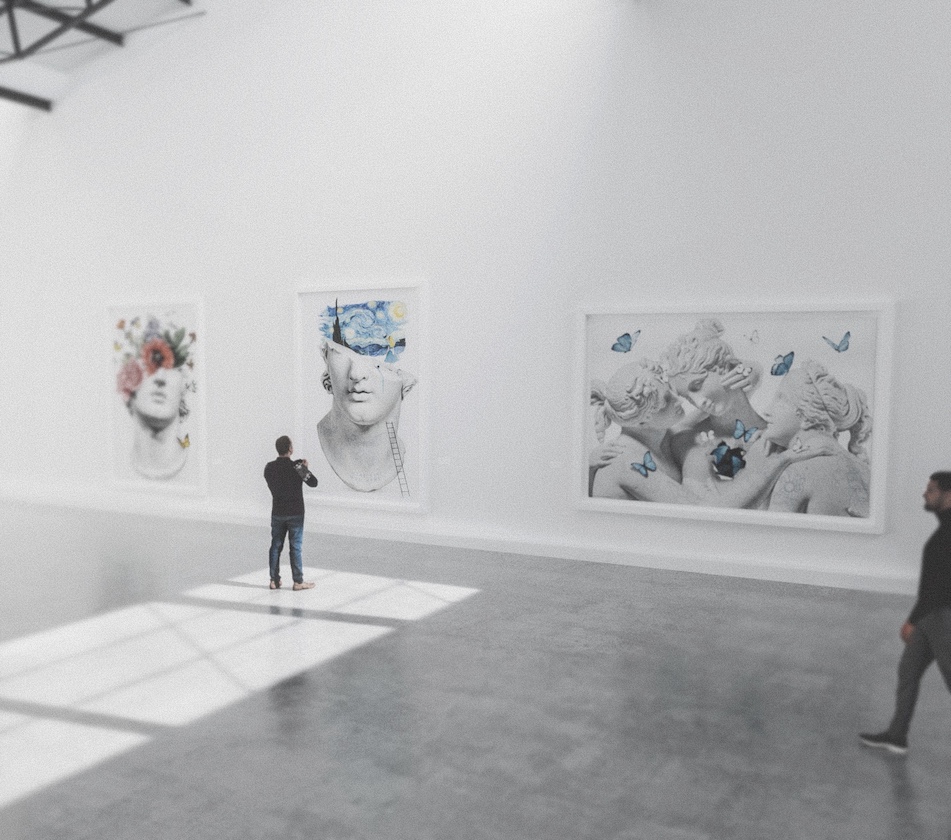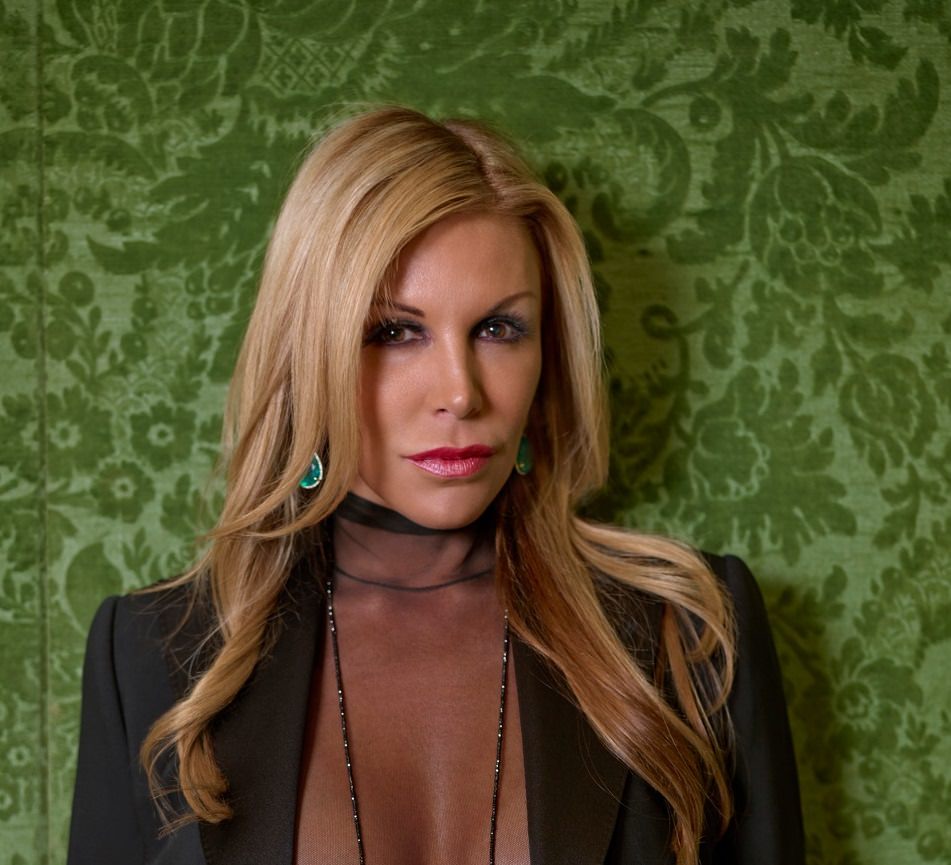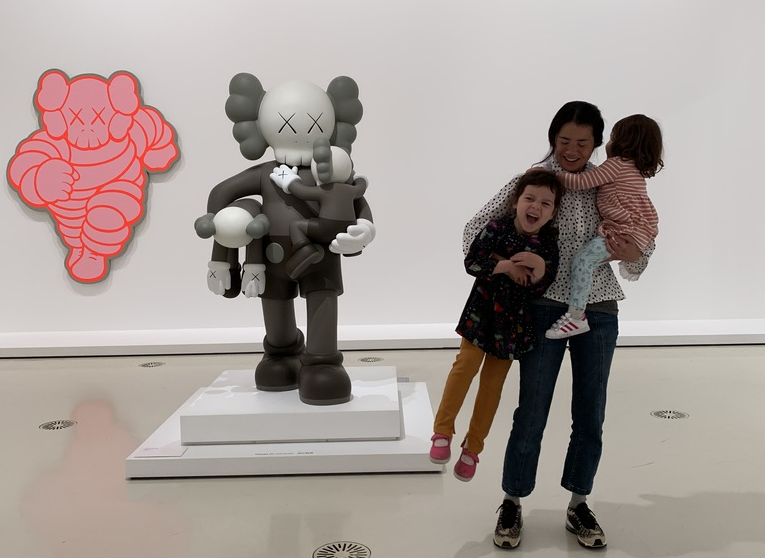For Melbourne’s creative technology conference Pause Fest, which took place from February 8—14, sound artist Leah Barclay created a sonic art installation along the Yarra River. By using their mobile phones, visitors can listen to geotagged content that was recorded in and around the body of water. Each experience is completely unique; as visitors walk along the banks, new sounds will emerge and layer onto pre-existing ones creating a symphony of ambient noises. As visitors walk away from the Yarra River and towards Federation Square, sonic recordings from other river systems around the world join the mix creating a global soundscape.
Whitewall caught up with Barclay during the conference to walk us through her installation and tell us more about the creative potential of technology and acoustic ecology.
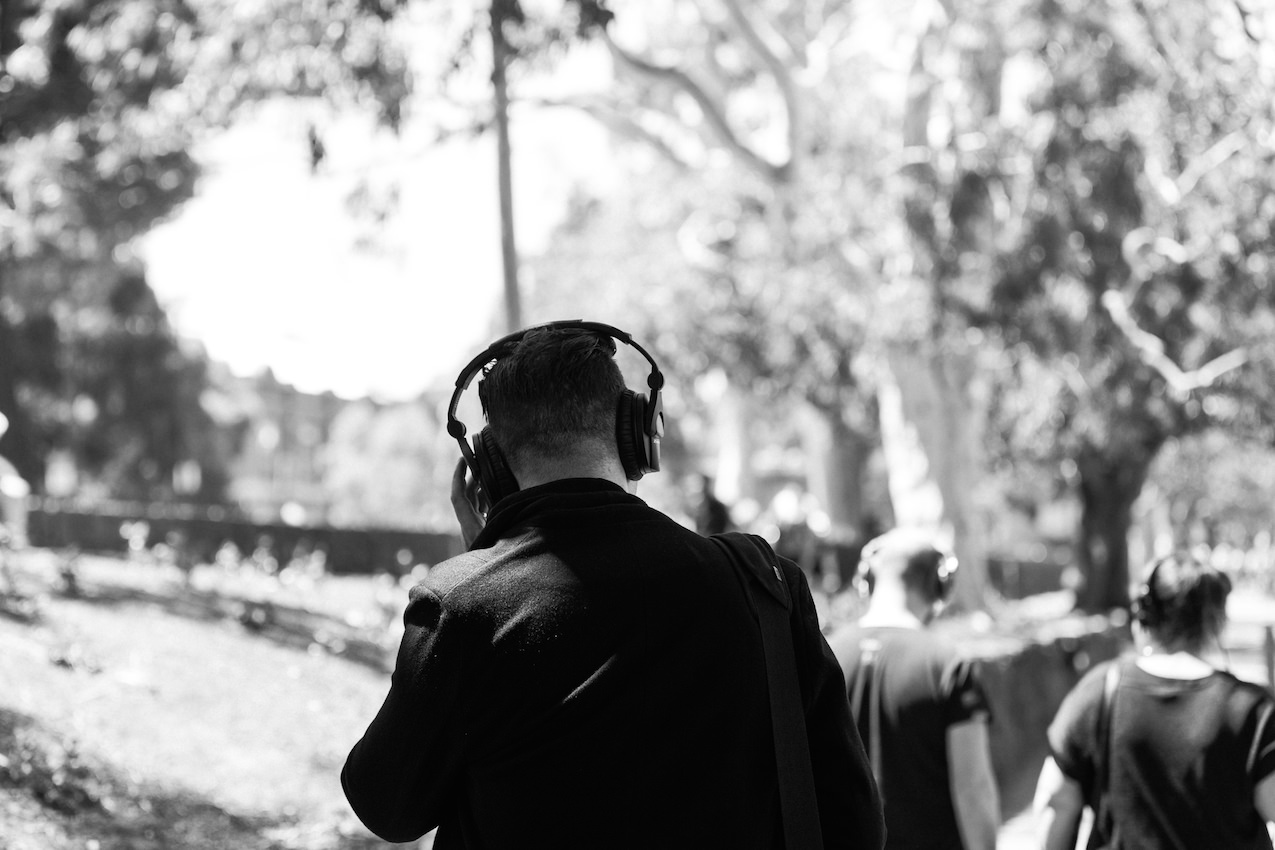
Courtesy of the artist
WHITEWALL: What first made you interested in sound art and acoustic ecology?
LEAH BARCLAY: My background is as a musician and composer. I was classically trained, but always at the more experimental end of the new music spectrum, which led me into sound art and electronic music. I have been involved in environmental activism since I was a student, and was exploring ways in which my music could contribute towards conservation. Acoustic ecology is a discipline that studies the relationship between living things and the environment mediated through sound. It explores the ecological, social and cultural contexts of our sonic environments.
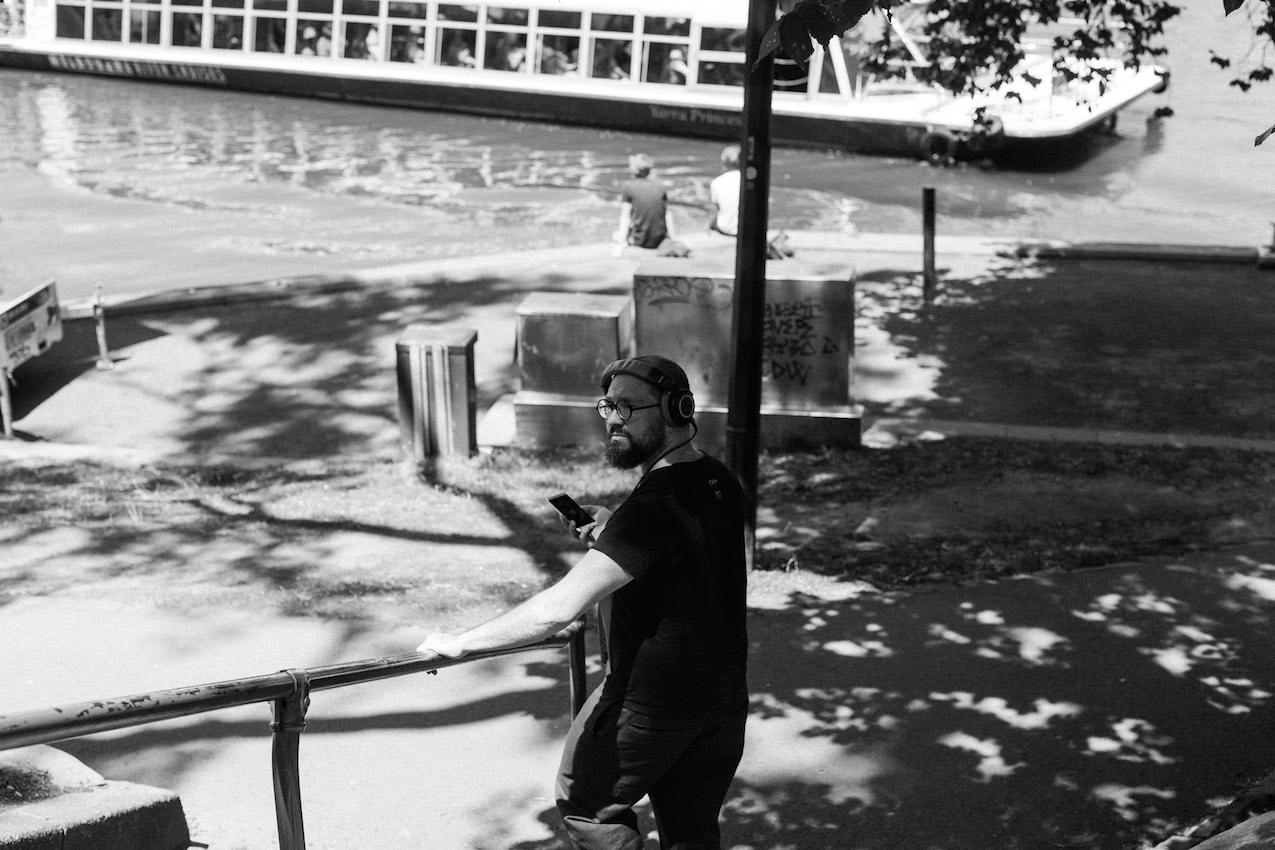
Courtesy of the artist
WW: Could you describe the process behind creating the sonic art installation pieces for the rivers? How do the different river systems work in conversation with one another?
LB: The soundscapes are all based on my field recordings from rivers across the world I have collected over the last 10 years. I have composed the piece to feel like you are walking through a piece of music or sound art, yet the non-linear layout means you can mix the sound in real-time and create your own experience.
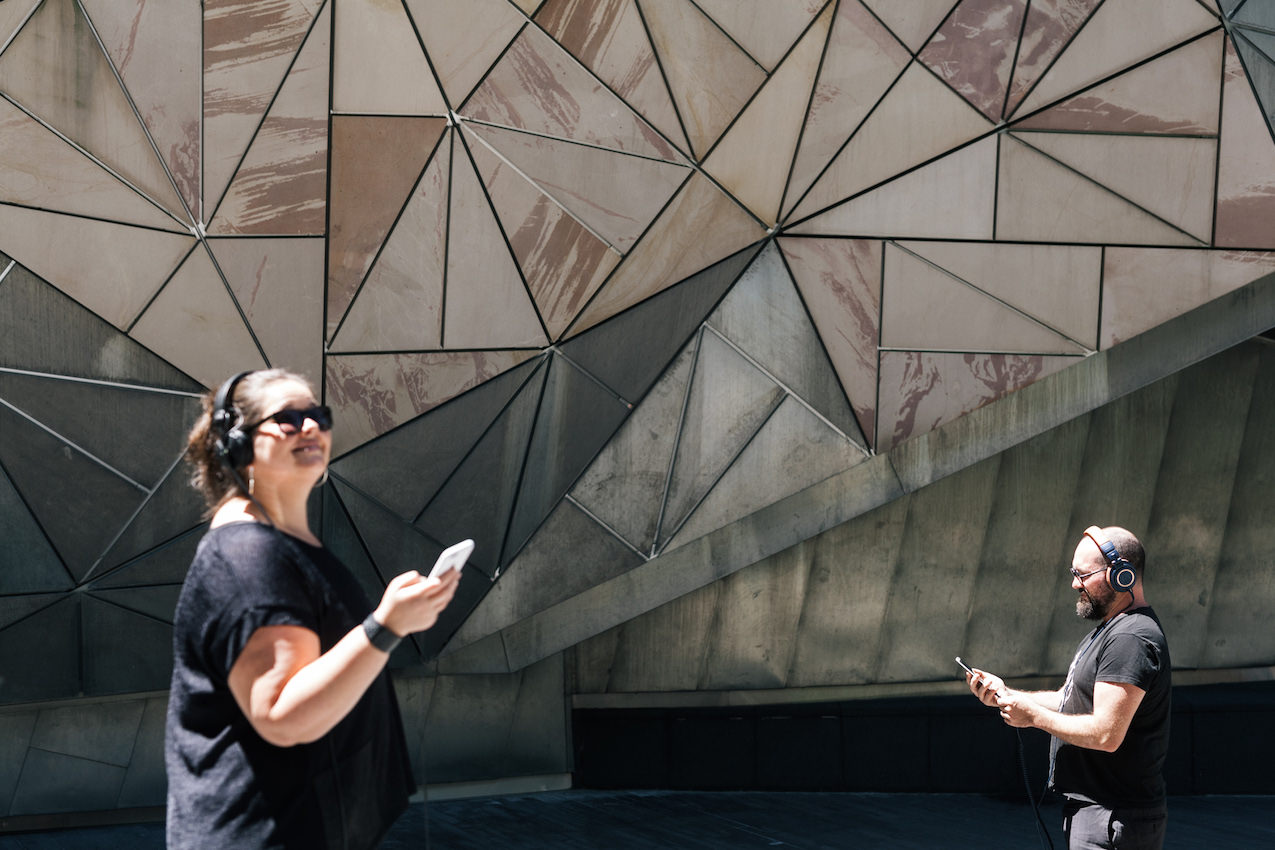
Courtesy of the artist
The soundscapes evolve everyday with new content based on how people interact with the work. As you walk closer to the Yarra River you can hear sounds deep beneath the surface recorded with a hydrophone (underwater microphone). This layer of the project can be explored more deeply through our art-science collaboration river listening.
WW: Similar to the Metropolitan Museum of Art’s and Guggenheim’s experiments with bluetooth location-tracking beacons, and the Bjork retrospective at MoMA’s use of location-based audio cues, the Yarra River Listening installation also uses geotagging technology. Do your installations greatly differ from these alternate location-based systems? What do you think the future is for this technology in terms of art exhibitions and installations?
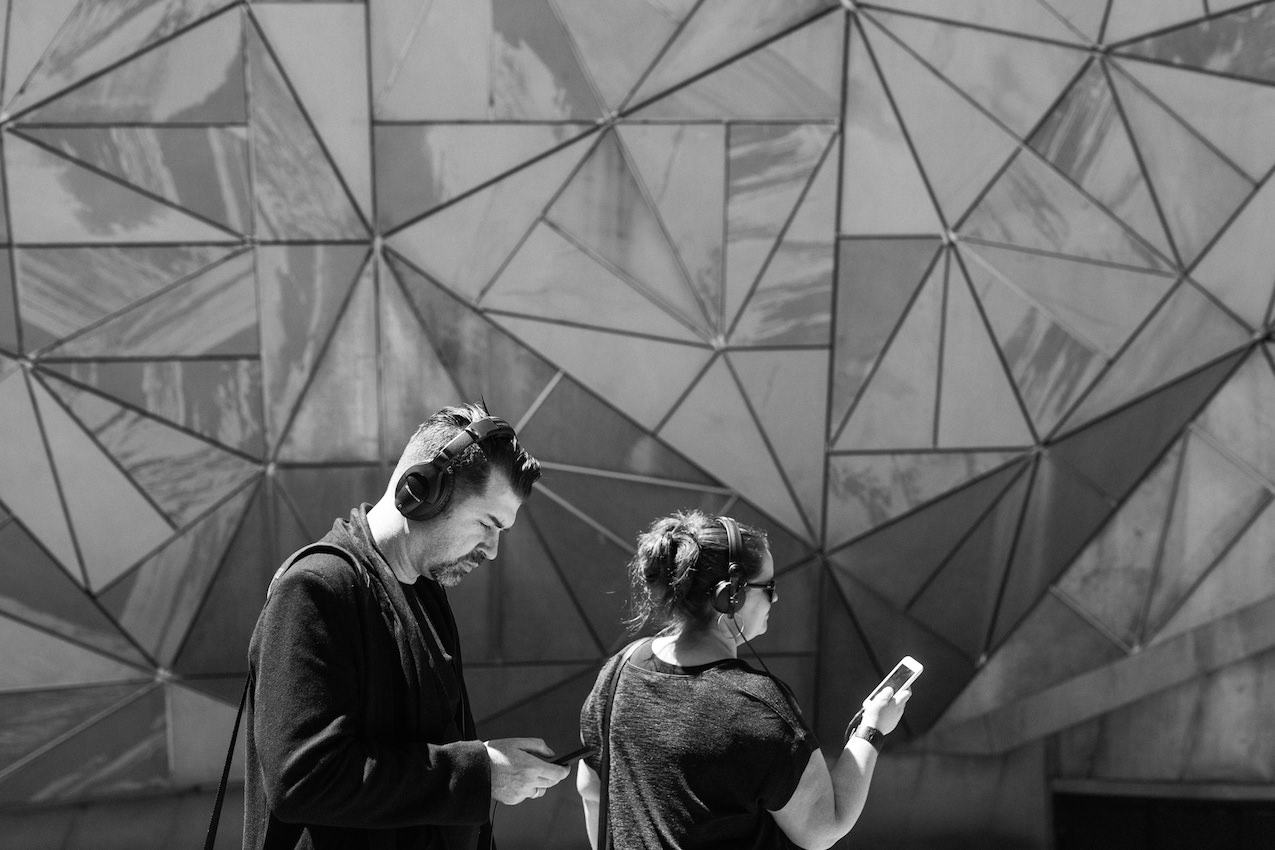
Courtesy of the artist
LB: Yes, the technology is quite similar—using a mobile device to access content based on your location. I have been working on location-based performances and installation for almost a decade and it is really exciting to see this technology becoming much more prevalent in the contemporary art world. The possibilities are endless and it is almost impossible to predict what the future holds considering how much development we have seen in the last two years. I think it is exciting to think we can walk through exhibitions and experience multiple layers, selecting and curating how we want to engage with artwork or a museum. While today’s augmented reality is accessed through screen-based mobile devices, I think it is likely we will be using contact lenses and intuitive wireless earbuds in the not too distance future. What is most important is naturally the content—which is lacking at the moment—so this presents an incredible opportunity for artists to be exploring the true possibilities of virtual and augmented reality.
WW: What is the potential for community engagement and user interactivity for these forms of location-based platforms?
LB: Community engagement is an integral part of my art practice, the majority of my projects are multi-platform and participatory, always encouraging communities to be an active part of the process. User interactivity and engagement has huge potential in augmented reality. In Yarra River Listening you have the option to record a response to the installation and it will be geo-located and included in the work in real-time. While we monitor this very closely, it naturally opens up a large degree of risk if listeners choose to record inappropriate content. But this interactivity allows you to become part of the artwork and contribute your voice, which has been particularly powerful when working with indigenous communities. I am excited about the future possibilities of blurring the lines between artists and audiences, particularly in the context of connecting these projects across multiple continents in real-time.
WW: Are there any projects for the future you are excited about?
LB: I am excited about all of the projects I am working on at the moment and particularly looking forward to some new projects with Biosphere Soundscapes that have a focus on aquatic sound and connecting the coastlines of Mexico, Australia and India. My latest project Rainforest Listening shares many similarities to River Listening but has a focus on vertical soundscapes accessed through mobile devices on iconic locations across the world. Rainforest Listening was created collaboratively as an engagement tool for Rainforest Partnership, an international NGO founded with a mission to protect tropical rainforests by partnering with people at global and local levels to create lasting solutions to deforestation. This collaboration is exploring ways we can translate the positive experience of engaging with the artwork into direct action. Rainforest Listening launched during Climate Week 2015 in Times Square, New York City and has since travelled across the world. We hope to launch the project in many more locations throughout 2016.





